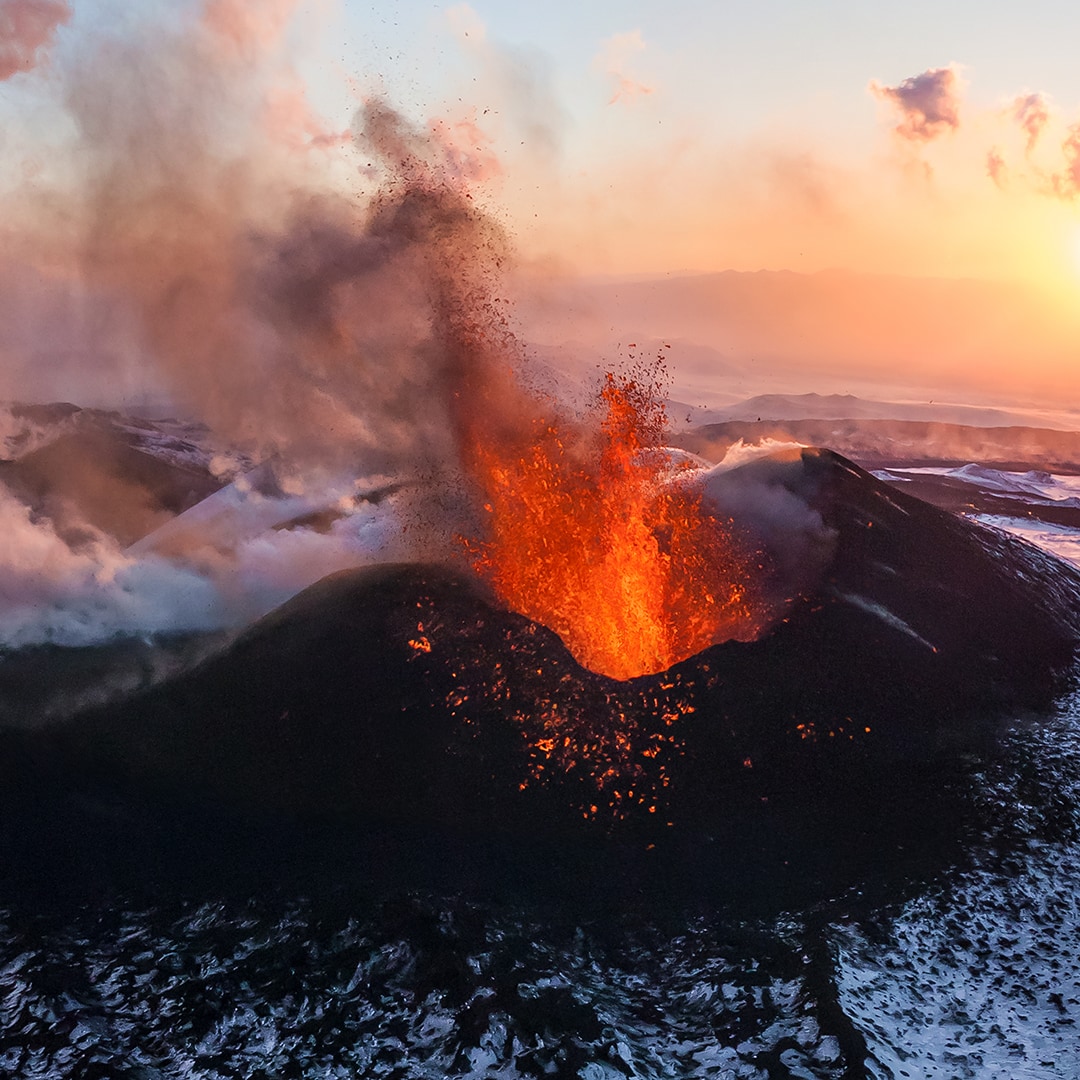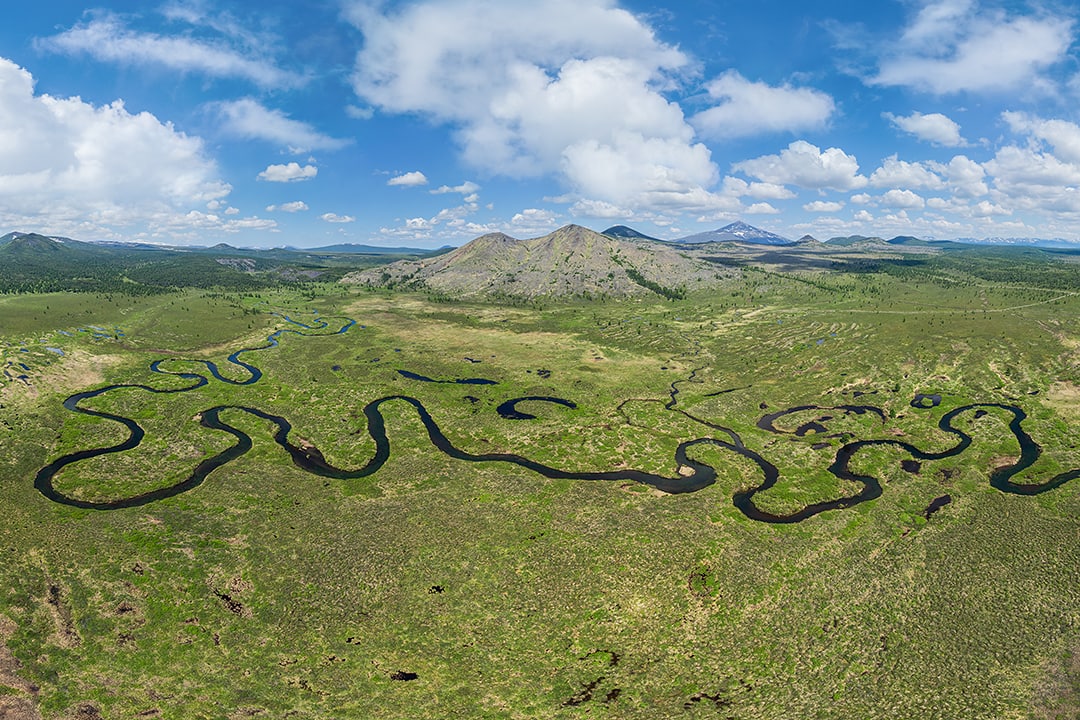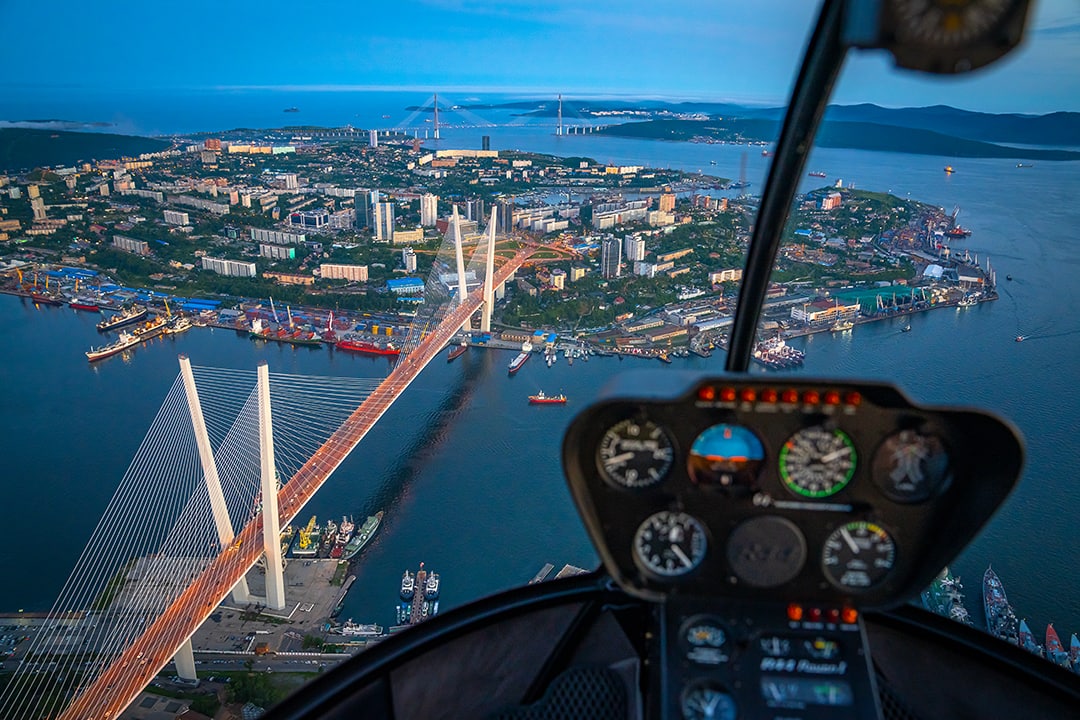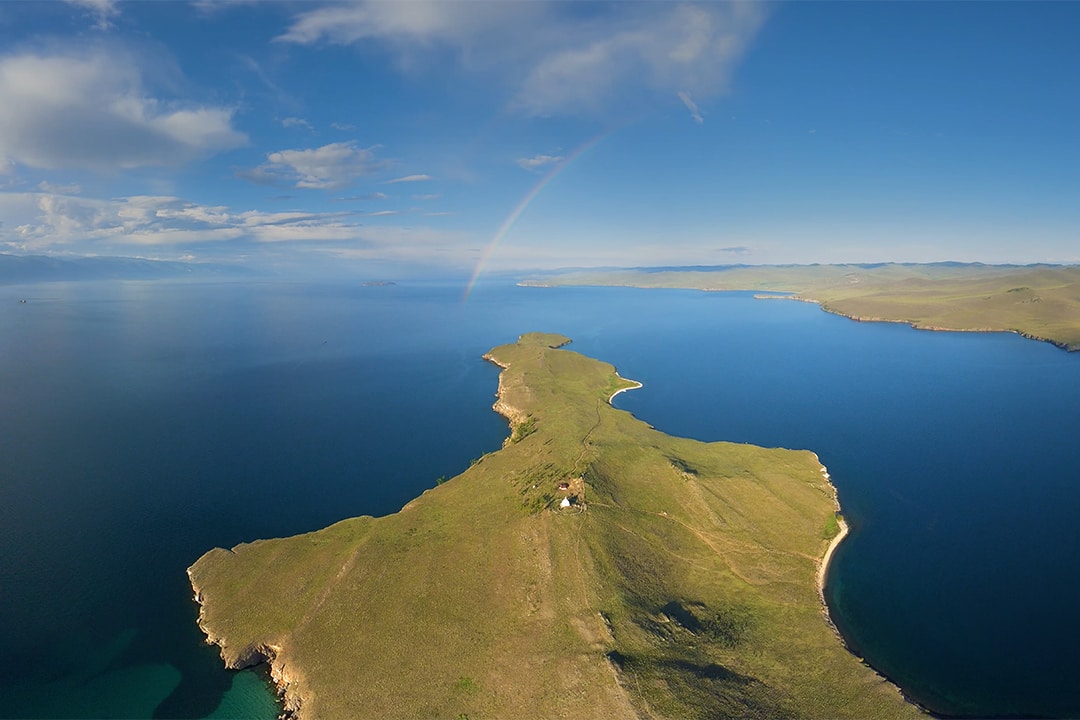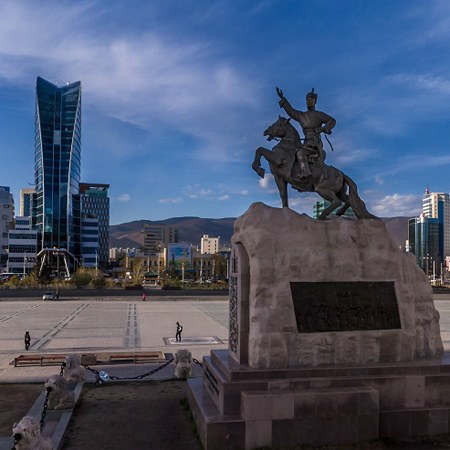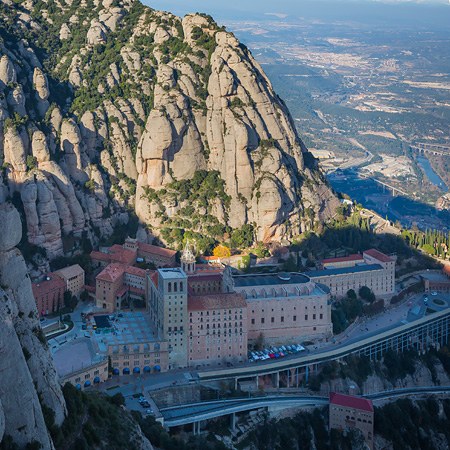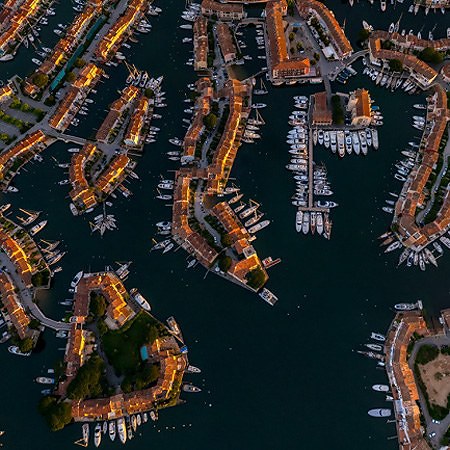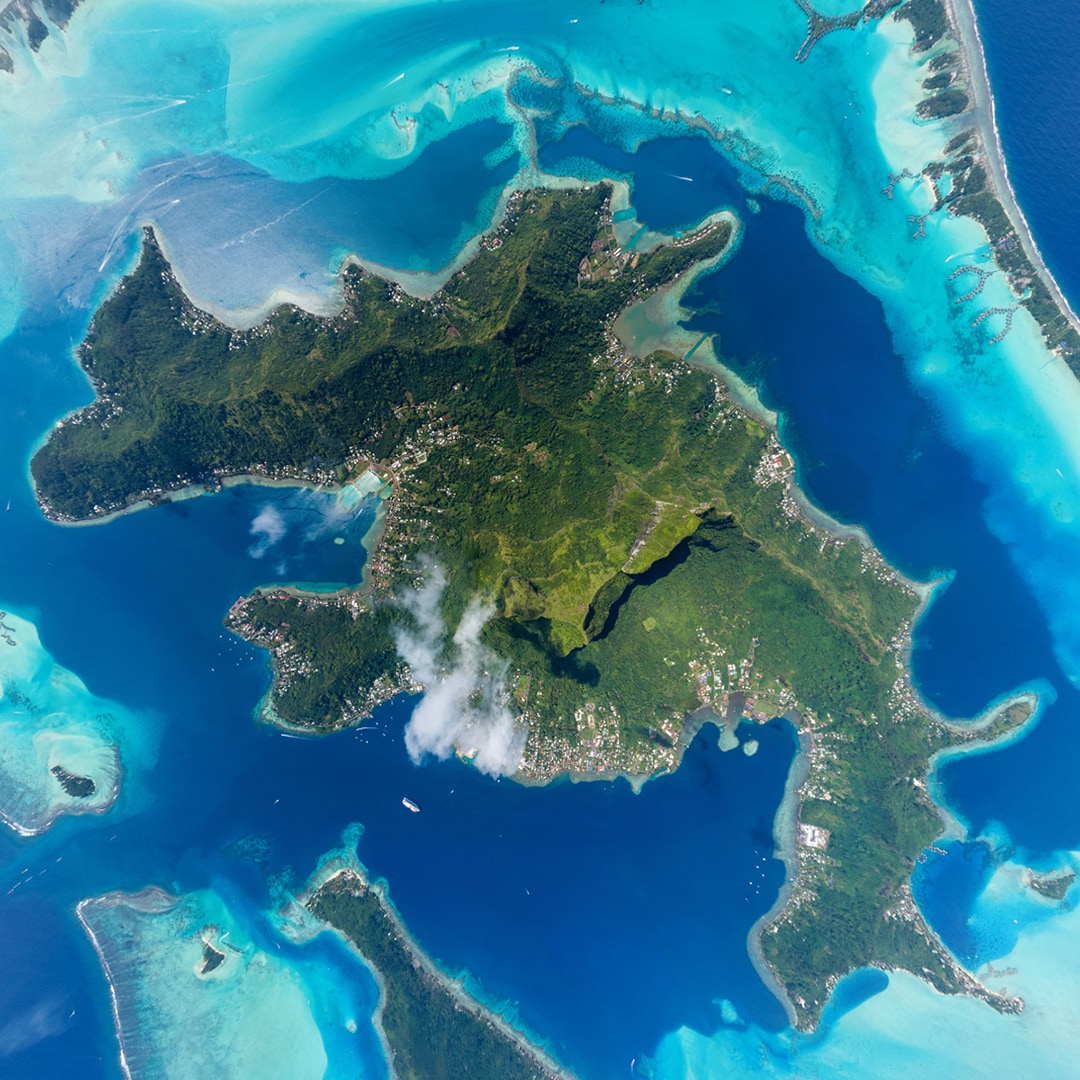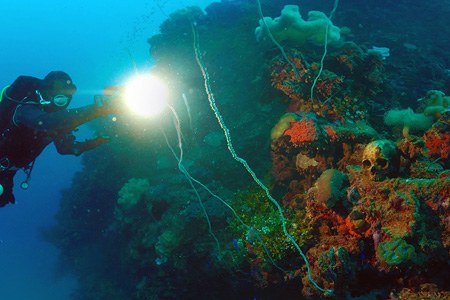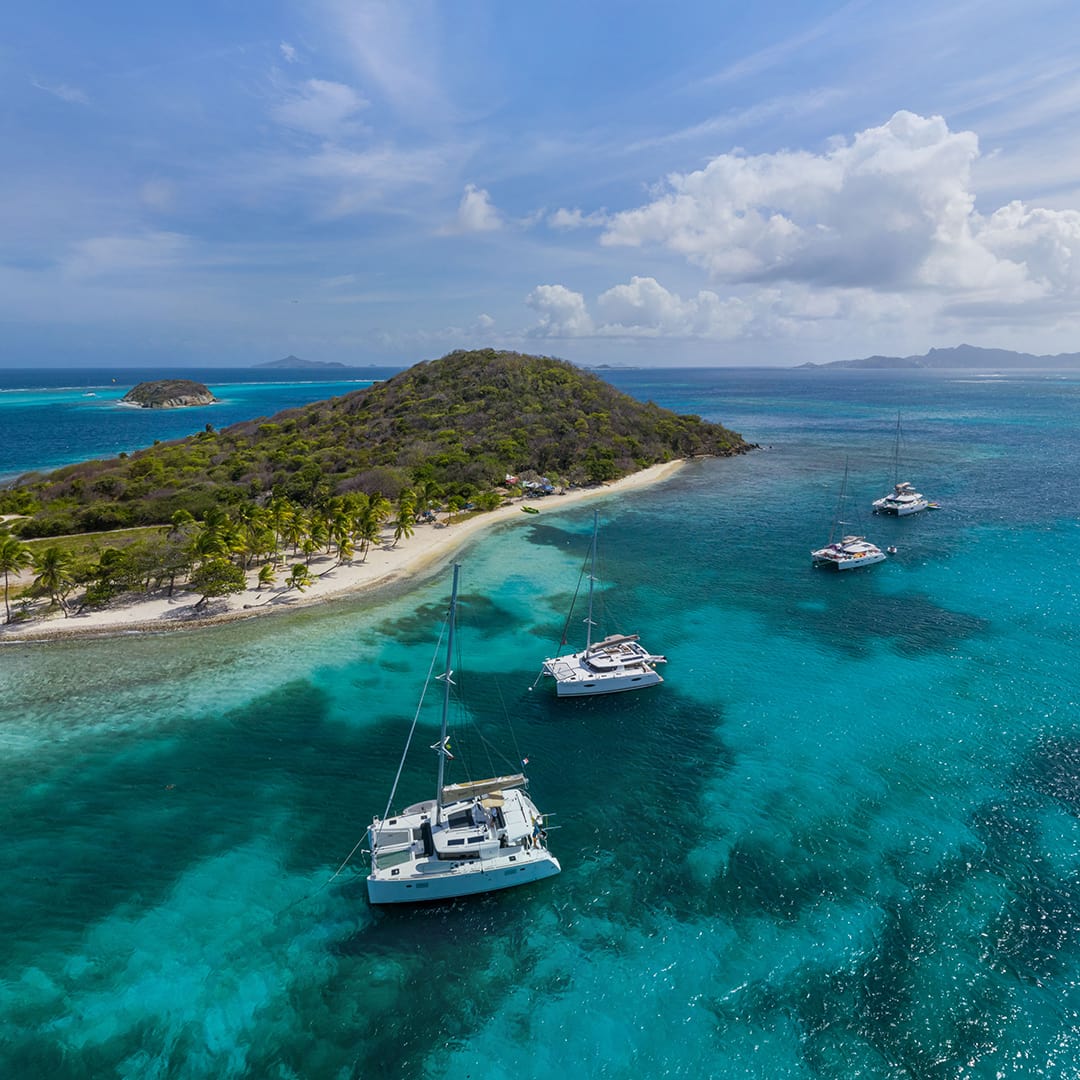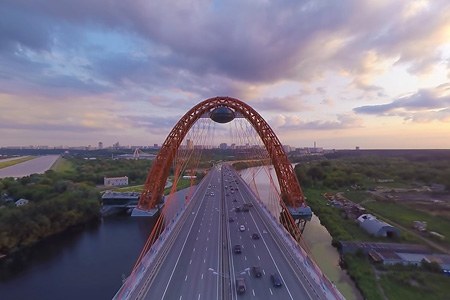Sviyazhsk, town on the Island, Russia
A unique monument, reflecting both military and religious sides of the Russian history, is located thirty kilometres away from Kazan city, at the mouth of the Sviyaga river. The name for this monument is Sviyazhsk — an island-town. Its creation five centuries ago changed the borders of the Russian government at that time. Its monasteries are still the objects of the Orthodox pilgrimage.
In the middle of the 16th century the army of Ivan the Terrible put an end to the independence of the Khanate of Kazan, but it took at least seven years to achieve it. During one of the retreats after an unsuccessful siege of Kazan, Russian forces encamped on the right bank of the Sviyaga river. Ivan the Terrible took notice of the island called the "Round Hill": it was raising above the waters of the Volga river and covered with woods. Such an island was a perfect place to control Kazan and all the roads and paths to it. So, the clever ruler decided to create a fortress here in order to make an easier access to Kazan and facilitate the seizure of the Khanate.
During the whole winter of 1551, at the distance of a thousand kilometres from Kazan, building components of towers, churches and walls were made from wood chopped in the Uglich forest. In spring a test installation was carried out in order to ensure that the result complied with the initial idea. Then the buildings were dismantled, loaded on ships and sent to the mouth of the Sviyaga river were the whole town was built as if from Lego bricks within 28 days. The new fortress turned out to be bigger than the kremlins of such cities as Novgorod, Pskov and even Moscow.
The existence of such a fortress played a crucial role in the campaign of Ivan the Terrible. Having gathered the forces near the capital of the Khanate he besieged the city and let his troops rest and gain strength. Soon he took control of the Kazan. That was the time when all the regions of the Middle Volga were annexed to Russia.
In 1775 a great fire occurred on the island. As a result, two damaged abodes — St. John the Precursor Monastery and the Holy Trinity Monastery — were united into one single cloister. It became a unique architectural complex, presenting the monuments of different epochs. The Trinity Church which was created in Uglich and built at the time of the initial construction of the town, back in 1551, managed to survive. The second oldest temple of the monastery (built in 1604) is dedicated to Sergius of Radonezh. The third temple of the monastery, created in the name of the God's Mother icon "The Joy of All Who Sorrow", is dated the end of the 19th or beginning of the 20th centuries.
The Assumption Monastery of Sviyazhsk, which was founded in 1555, just at the time the Kazan Eparchy was created, for three centuries had been one of the twenty richest monasteries of Russia. The Assumption Cathedral (1561) and the St. Nicolas Refectory Church (1556) with a 43 meters tall belfry are the oldest temples of the complex, which are considered to be the masterpieces of Russian architecture of the 16th century.
During the Soviet period a lot of religious constructions were ravaged or used for the needs of correction facilities. The Assumption Monastery began functioning again only in 1997 and the restoration works were initiated in 2010. So now, Sviyazhsk welcomes its guests with beautiful white walls of the monasteries and the golden domes of cathedrals, like it used to do in the ancient times.
Read more
360° Video


